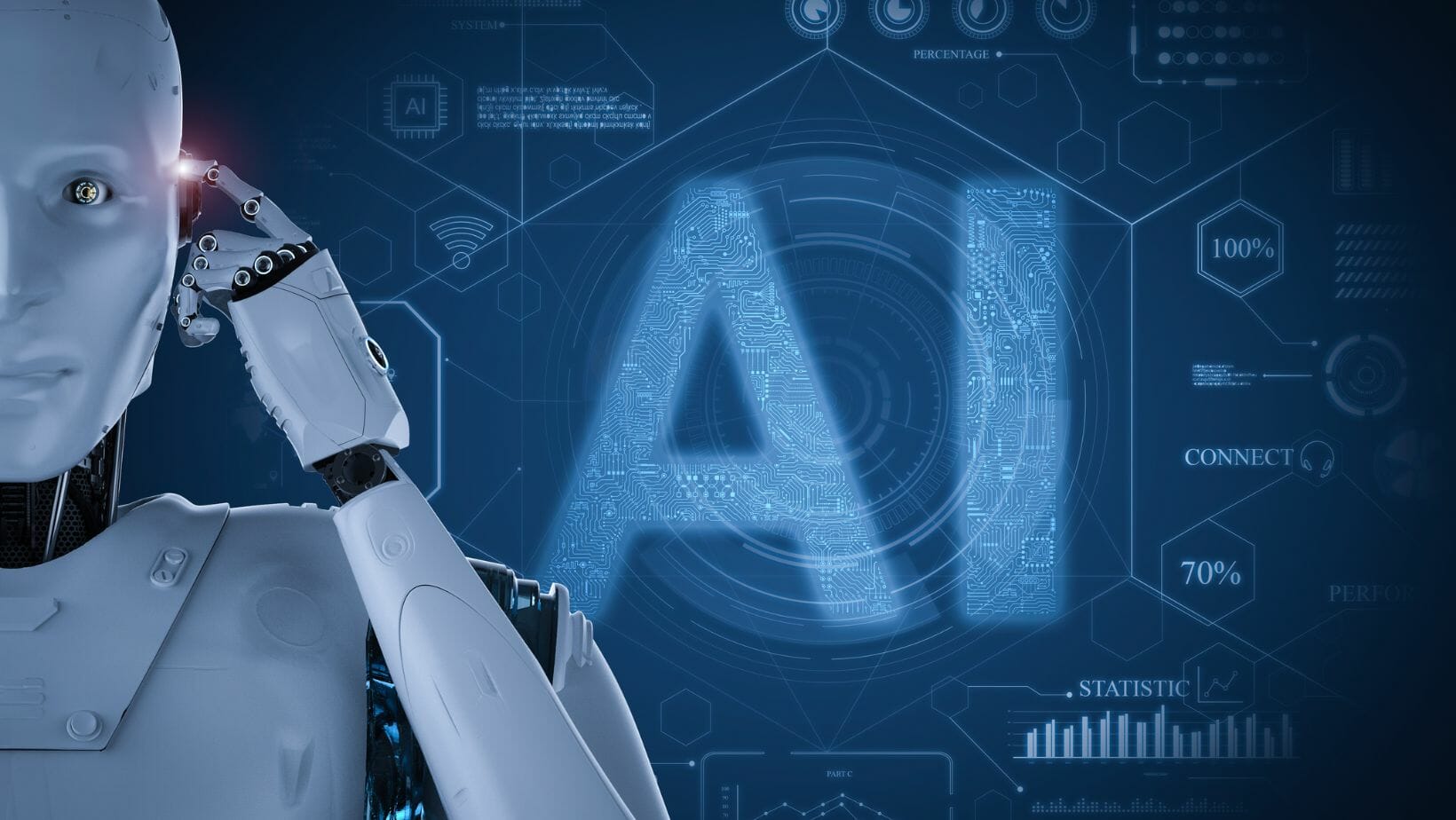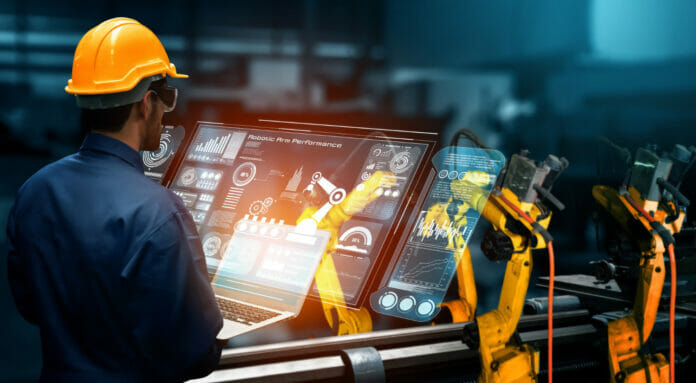The AI manufacturing market is estimated to reach USD 16.3 billion by 2027, registering a CAGR of 47,9% during the forecast period. This shows that more and more manufacturing companies are investing in AI-based solutions.
New technologies help manufacturers outperform their competitors. However, there are other advantages of these technological solutions. This article covers five examples of the use of AI in the manufacturing industry.
DEMAND FORECASTING
Demand forecasting is critical for any supplier, manufacturer, or retailer. This process consists in predicting the future demand for a given product. Compared to traditional demand forecasting techniques, AI-based systems produce more accurate results. ML algorithms recognize repeating patterns, and the system processes historical sales data. Then, it analyzes many factors that influence purchasing behavior. Manufacturing benefits from AI-powered demand forecasting, for example:
- Increased supply chain performance
- Better control inventory levels
- Reduced operational costs
PREDICATIVE MAINTENANCE
Another example of AI applications in manufacturing is predictive maintenance. Each machine should function flawlessly during production. Equipment failure will cause production line stops, delays, and often high repair costs. Predictive maintenance is a preventive action that consists in analyzing the machine’s state during normal working conditions. Its task is to detect anomalous behavior in advance and estimate the remaining service life. The main goal of this strategy is to extend the life of the equipment and prevent its failure.
Preventive maintenance can detect changes in machine performance earlier than a typical inspection. Thanks to this, manufacturers
- Don’t have to stop production processes
- Can intervene before a failure occurs
- Can predict the remaining life of the equipment
- Prepare the machine for further repair
GENERATIVE DESIGN
Using ML algorithms, the generative design mimics an engineer’s design process. And what does the generative design process look like?
The designer defines the inputs, design goals, and constraints. Then, he enters the type of material, expected weight, strength, and price of the product. After that, the computer uses algorithms to create and analyze thousands of concepts. The designer analyzes the generated concepts and, if it is necessary, changes the assumptions. Next, generative design software reprocesses subsequent solutions.
This method allows manufacturers to create thousands of design options for a single product. What’s more, by using generative design, manufacturing companies can save a lot of time and money. In addition, the creation of thousands of product versions opens the door to new concepts, and therefore the level of creativity of designers increases.
ROBOTIC PROCESS AUTOMATION
Process automation in manufacturing involves using industrial robots or production management software. Their goal is to automate monotonous operations and eliminate or reduce human errors. As a result, human workers can focus on more profitable tasks for the business. Smart manufacturing not only draws upon physical robots. Many manufacturing processes leverage different management software systems, such as RPA solutions.
RPA is a technology that uses AI to handle repetitive, multi-series activities. Using this software, you can automate such activities as:
- Editing documents
- Creating folders
- Handling e-mail
- Performing calculations
- Recognizing texts in graphic files
- Executing system commands, etc.
Manufacturing benefits from the use of robotic process automation. These include inventory control, warehouse management, intelligent documentation, or demand and sales forecast.

QUALITY INSPECTION AND QUALITY ASSURANCE
Quality assurance focuses on preventing production errors. So all quality management measures are carried out before production starts. In turn, quality control focuses on identifying defects. These are activities that verify whether products meet quality standards.
The application of AI-based computer vision systems helps manufacturers achieve better product quality. Machine Learning algorithm examines the specific model of the product and its parts. Thanks to this, it knows what to pay attention to during the inspection. The algorithms verify scratches, discolorations on the paint, or proper assembly of components, etc.
By implementing precise production quality control, you can help your company reduce costs and complaints while increasing customer satisfaction.
Conclusion
AI is having a huge impact on the manufacturing industry. We have presented only five examples of the use of this technology, but in fact, there are many more. With the implementation of AI, the risk of human error is reduced. The manufacturing company thrives more efficiently by making better decisions and better-quality products. Smart manufacturing companies outperform traditional ones. As such, we will likely see an increase in the use of AI in manufacturing in the coming years.
For more visit: https://addepto.com/ai-consulting/



